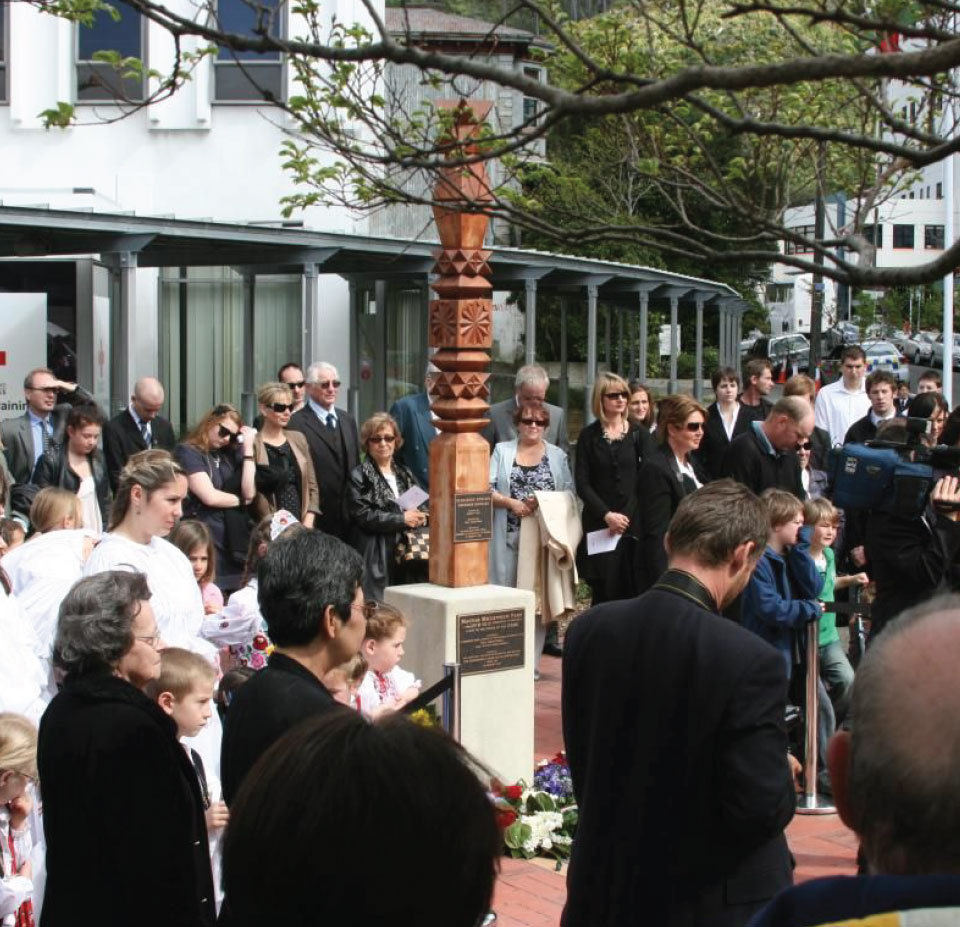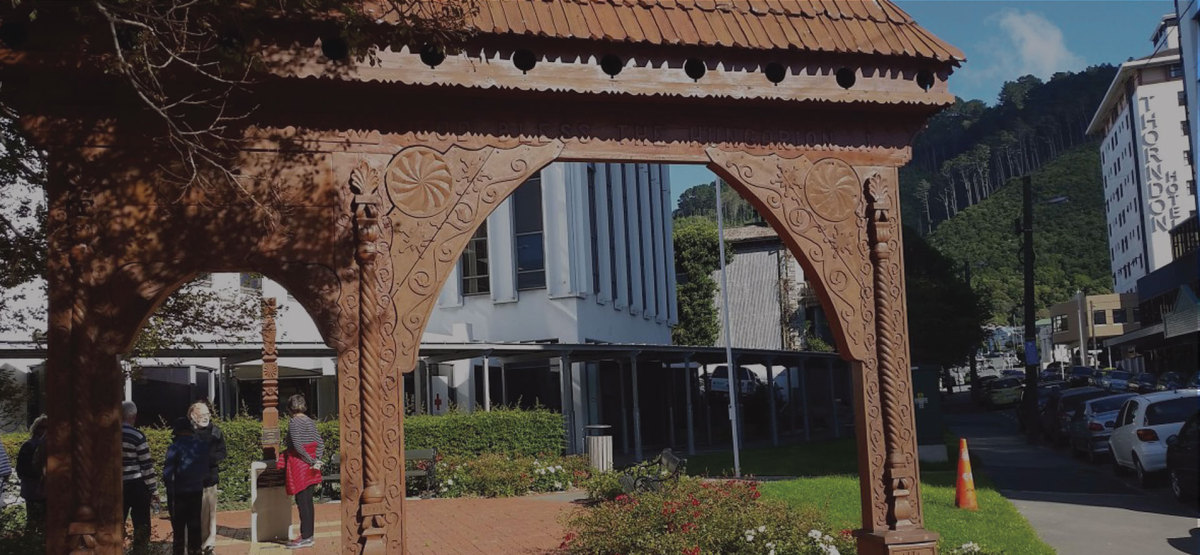Remembering 1956
Wellington’s remembrance of the Hungarian Revolution will be a little different to the usual this year – we want to make the most while we can of the presence of the talented KCSP folk dancer interns, who will perform two dances from different Hungarian regions....
Continue Reading




